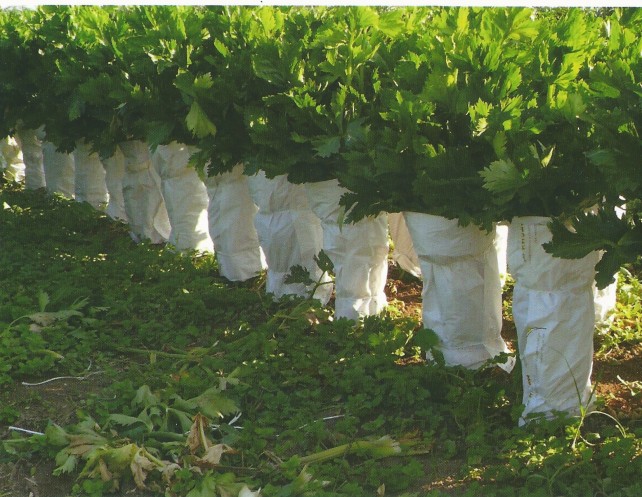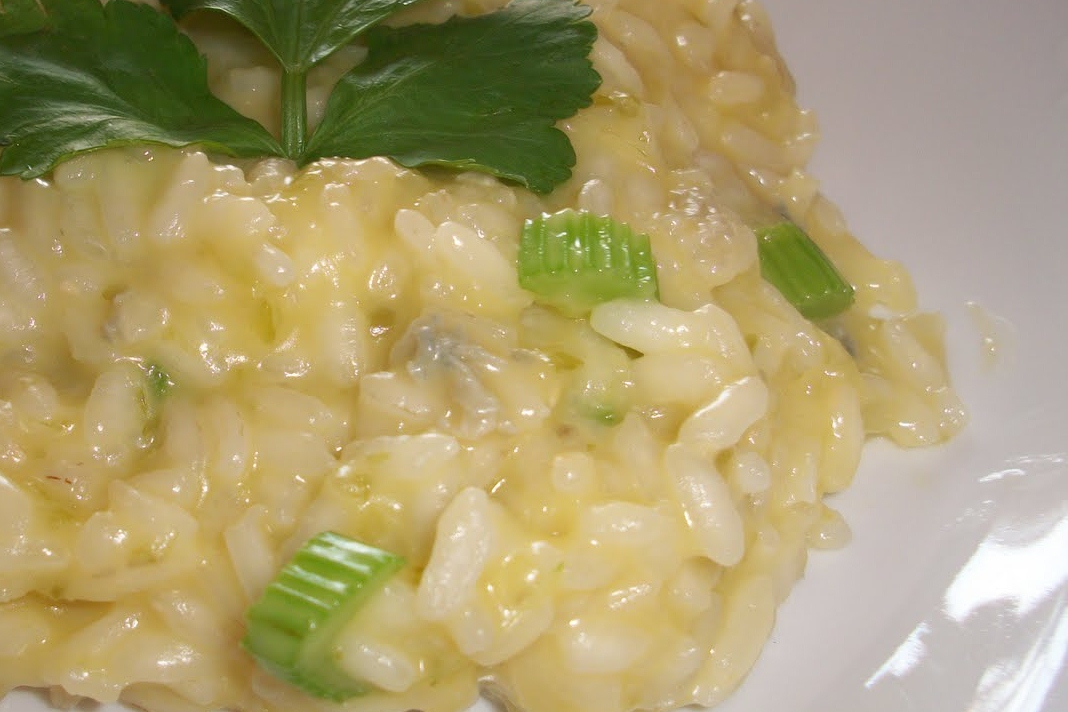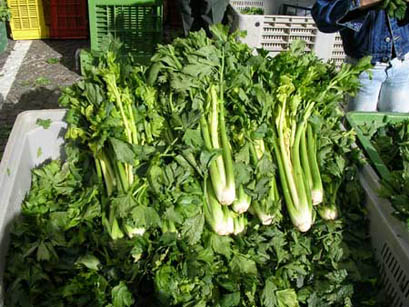
Black Celery from Trevi
This post is also available in:
 Italiano (Italian)
Italiano (Italian)
The patient and centuries-old care of the local farmers has led to the creation of a particular type of celery: black cultivar from Trevi. This peculiar vegetable turns dark and woody when left to grow without any special processing, hence its name. It must be thus buried, in order to avoid the darkening process.
Until a few decades ago, the black celery from Trevi used to be very popular, but today there are few people who still cultivate it, in the gardens near the Clitunno River.
The final product appears as celery with white ribs (devoid of annoying “threads”), quite elongated before the spot where leaves branch off – this celery is very fleshy and features a soft core. Its flavour is quite strong. The cultivation of black celery follows strictly traditional techniques that involve some sort of a ritual: sowing takes place with a waning moon, in the Easter fortnight and ideally on Good Friday.
Connoisseurs say that celery grown outside this very restricted area does not have the same features of the black one from Trevi.
The production is very limited as it is grown in the narrow strip of land between Borgo and the Clitunno River: a clayey, humid and very fertile stretch of land, suitable for crops that can massively exploit the soil like hemp.
Almost all of the production is offered to local inns and restaurants in the month of October.
There are dozens of recipes featuring the black celery from Trevi, including elaborate “parmigiana”, or simple “pinzimonio” snacks, with raw celery dressed with the precious Trevi olive oil.
This post is also available in:
 Italiano (Italian)
Italiano (Italian)
Contatti
Trevi(PG)






